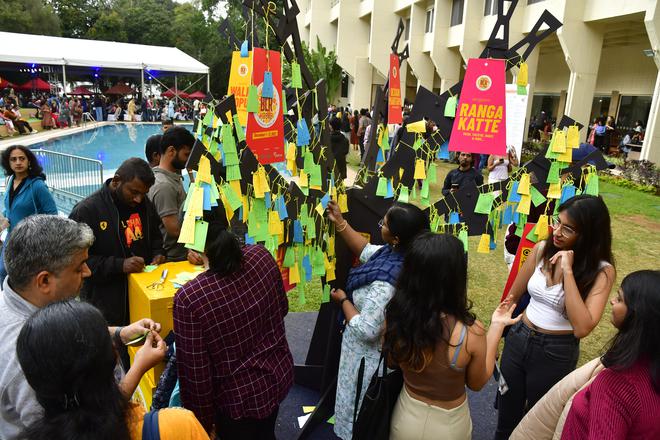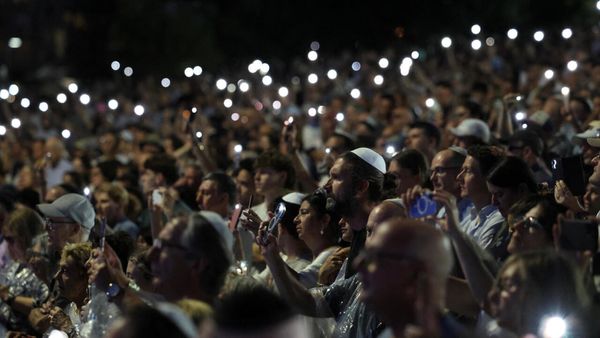There is a tendency to see science as being above society, untouched by the regular society’s biases, points out independent science journalist Nandita Jayaraj, the co-author of Lab Hopping: A Journey to Find India’s Women In Science. “But in contrast, it is sometimes amplified, “says Jayaraj, adding that questioning science and scientists is often discouraged. “Because of that, they get away with a lot,” she says at a session titled Lab Hopping: Women Scientists in India, one of the many that formed part of the 12th edition of the Bangalore Literature Festival on December 3.
Women in science
In a conversation with her co-author, Aashima Dogra, which was moderated by journalist Divya Shekhar, Jayaraj and Dogra spoke about the journey of writing their book Lab Hopping, which featured women in the science industry, the gender gaps and the possible solutions to proceed with in the future.
Divya Shekhar started the session by speaking about the success of the Chandrayaan mission and how the image of the ISRO women wearing brightly coloured sarees and gajras had gone viral, “It’s very telling of the bias that we have against women scientists. Because this idea of Indian women in saris, in gajras in the setting of highly technological, very advanced space, it doesn’t really fit together so well,” says Aashima Dogra, adding that this cultural moment was a significant one.
The duo also went on to talk about the genesis of their book, which began its life as a feminist science multimedia platform called The Life of Science. “We had time on our hands, were young, and liked to travel,” recalls Jayaraj, recalling how they ended up visiting parts of the country that are not usually associated with science, including Kalimpong in West Bengal and Aluva in Kerala. “There were laboratories that were working there. And there were people that were doing different kinds of science there. And to our surprise there were women in most of these places doing science there,” says Nandita Jayaraj of their book, Lab Hopping, an investigative look into the gender gap in Indian science.

Motherhood
Other key issues which cropped up during the discussion included a lack of support systems within the industry, how motherhood and family impact women’s science careers, and the gender stereotypes in the industry, among other things. “I think the patriarchy and the prejudice. can sometimes lead to people not being understood, and lead to people feeling that they are not being heard,” points out Shekhar. Dogra adds. “I think the hope from this book really is to kind of have the conversation about our science culture...to open it up,” she says.







